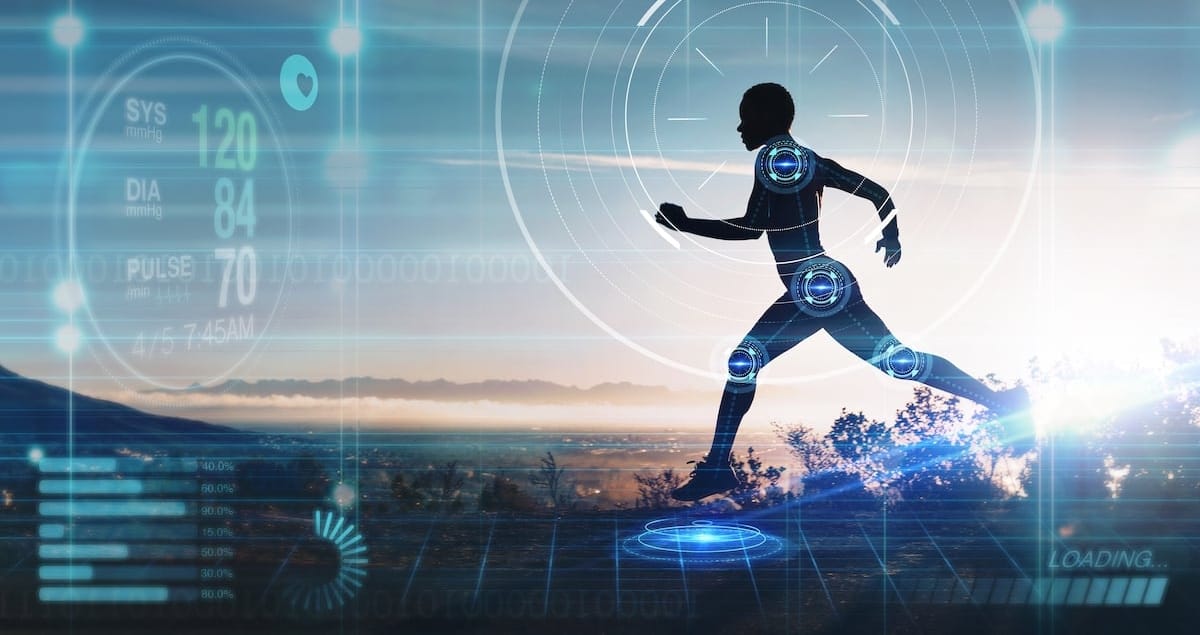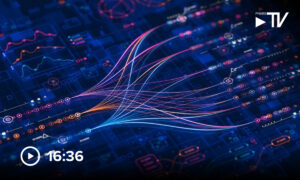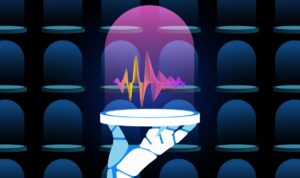Transforming Sports: 6 Impactful Applications of Artificial Intelligence

How Artificial Intelligence is Transforming the Sports Industry
Professional sports are known for their intense competition, with success often hinging on mere seconds or inches. To enhance their performance, many teams are now harnessing the capabilities of artificial intelligence (AI). AI is playing an increasingly vital role in various aspects of sports, including athlete recruitment, injury prevention, real-time game decisions, officiating accuracy, and improving the experience for fans.
Applications of AI in Sports
AI is being integrated into several areas of sports, from coaching and player evaluations to officiating. Let’s explore some of the essential applications of AI:
1. Officiating Enhancements
Sports leagues are leveraging AI to assist referees in making accurate calls. Companies like Hawk-Eye Innovations have developed systems that utilize computer vision and high-frame-rate video to aid officials in determining outcomes, such as offside calls in soccer or ball-in-play situations in tennis. Major League Baseball (MLB) is currently testing an automated ball-strike challenge system for its spring training games, where calls can be challenged using Hawk-Eye’s technology.
2. Player Performance Evaluation
Every major sports league employs sensors and video analytics to gather data on player performance. In MLB, for instance, the introduction of StatCast has provided teams with valuable insights, including pitch spin rates and exit velocities. This data allows coaches to assess players’ strengths and weaknesses accurately. The National Football League (NFL) uses radio frequency identification (RFID) tags to track the movement and speed of players, creating statistics that inform coaching strategies.
3. Talent Scouting
AI can help talent scouts analyze vast amounts of information to create comprehensive profiles of potential players. Tools developed by companies like P3 Labs can assess athletes’ movements and predict future performance based on biomechanical data, while Probility AI can forecast injury risks with impressive accuracy, assisting teams in making informed recruitment decisions.
4. Coaching and Game Strategy
Coaches are increasingly utilizing AI-driven models to inform in-game decisions. These models can determine optimal strategies for various situations, such as corner kicks in soccer or pitch types in baseball. For example, Liverpool FC employs TacticAI to devise corner strategies, while baseball teams can predict where a batter is likely to hit the ball, allowing for strategic positioning by fielders.
5. Injury Prevention
AI can analyze performance and health data to establish players’ workload thresholds, alerting coaches to potential overuse. This technology helps in modifying training regimens to prevent injuries. Companies such as P3 Labs focus on assessing athletes’ biomechanical movements to identify risks associated with improper technique. The NFL’s AI program, known as The Digital Athlete, performs millions of simulations to evaluate injury risks in players during practices and games.
6. Training Assistance
AI-powered robots are being used as training partners in various sports. For instance, the Golden State Warriors utilize two types of AI robots during practice: one for rebounding and passing, and another designed to simulate defensive play. These robots help players refine their skills and prepare for actual game scenarios without the need for additional human players.
Frequently Asked Questions
How is artificial intelligence used in sports?
AI is applied in sports to analyze player performance, support coaching decisions, validate referee calls, and enhance injury prevention methods.
How does the NFL utilize AI?
The NFL employs AI in its injury prevention initiative, The Digital Athlete, alongside the use of sensors for generating statistical insights to aid player evaluations and coaching strategies.
What is the future of AI in sports?
The future of AI in sports is promising, with ongoing research aimed at providing more accurate insights and improving biomechanical models to identify characteristics that differentiate top performers from the rest.






